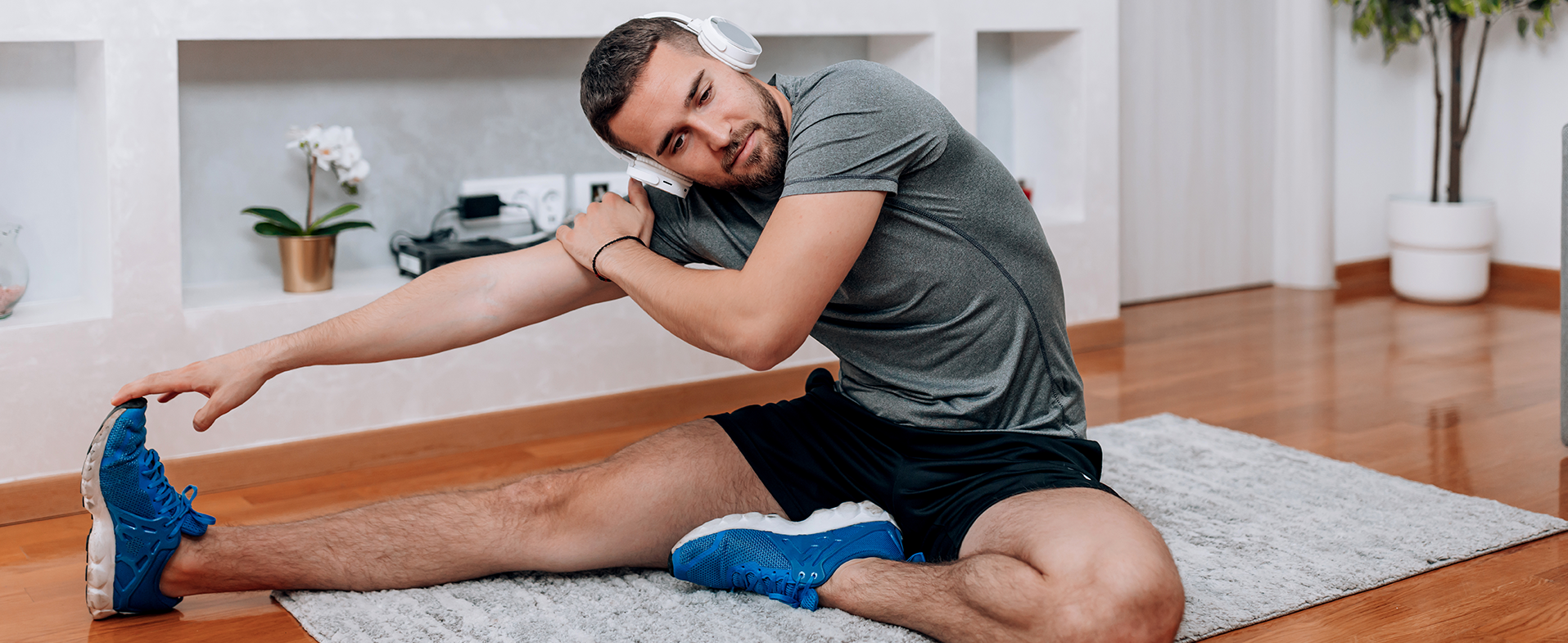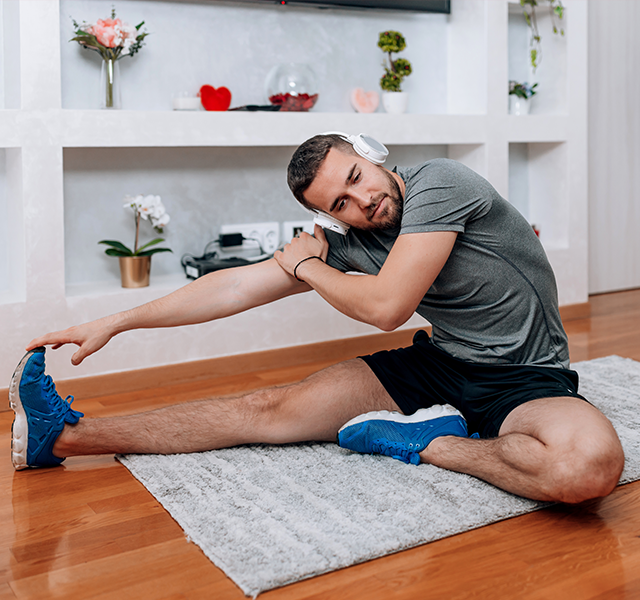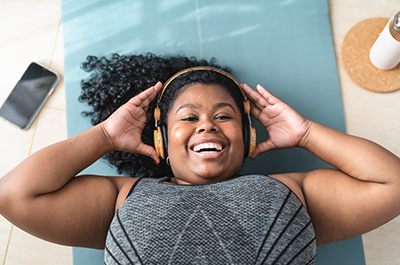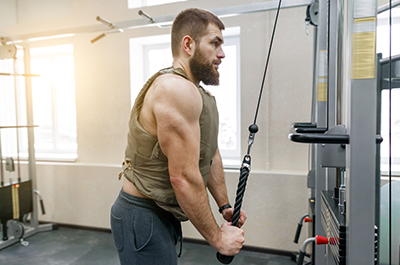You exercised yesterday and today your muscles feel achy. That’s a sign you had an effective workout, right?
Not necessarily. Soreness can be a positive sign but it’s not a requirement—and sometimes it means you have an injury. What’s the “right” amount of post-workout soreness? Jenny Burnham, a certified athletic trainer at Henry Ford Health, has the answers.
Why Do You Get Sore After a Workout?
Delayed onset muscle soreness (DOMS) is the soreness you feel 12 to 24 hours after lifting weights or pushing yourself in your cardio workout. “When you work out harder than usual or you’re getting back into shape, your muscles experience tiny amounts of damage,” says Burnham. “You feel this damage as soreness or DOMS. As the damage heals, your muscles become stronger.”
Is DOMS After Exercise Good?
DOMS is usually a positive sign if your goal is to build more strength or endurance. “If you’re trying to up your fitness game, you should feel a little sore the day after a workout,” says Burnham. “But you should not feel like you can barely function without pain.”
In other words, if you can barely walk to the kitchen without wincing, you probably overdid it. And if you keep up this difficult pace, you could get injured or burned out.
“Your workout goals should not include pain,” says Burnham. “Instead, focus on pushing yourself just beyond your previous limit if you want to increase your fitness level. Maybe that means running just a little farther or lifting two reps more. It doesn’t mean doubling your workout or pushing yourself until you nearly pass out.”
If I’m Not Sore, Was My Workout Effective?
You can have an effective workout without feeling sore afterward. In fact, a lack of soreness can be a sign that you’ve made some good gains in your fitness.
“People who exercise regularly often don’t have DOMS after every workout,” explains Burnham. “This is because your muscles naturally adapt to the stress of the workout over time. They learn how to protect themselves from damage so you can keep up the pace.”
Still, if you never feel even a little sore, you might want to change things up. “People can encounter fitness plateaus when they do the same exercises every time," explains Burnham. “Your muscles need an occasional change to gain more strength, endurance and flexibility.”
Modifying your routine can help you reach new fitness levels without extreme soreness afterward. “Try using the elliptical if you usually use the bike,” Burnham suggests. “Or if you normally use weight machines, try free weights instead. Even these small tweaks can challenge your muscles in new ways.”
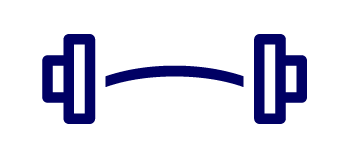
Go Where The Pros Go
The Difference Between DOMS and Injuries
Don’t assume all post-workout pain is DOMS. Your “soreness” might be an injury if the pain:
- Affects a joint: You’ll feel DOMS in muscles like your biceps, triceps, abs, quads and glutes. In contrast, you might feel an injury in your ankle, knee, elbow or hip.
- Causes redness or swelling: A red, swollen area is a sign of inflammation, which happens with injuries, not DOMS.
- Comes on right away: Typically, DOMS takes at least 12 hours to develop. Pain during or right after your routine may indicate an injury.
- Doesn’t go away: DOMS usually peaks 24 to 48 hours after exercise and then fades. Injuries won’t feel better after a day or two.
- Feels sharp: DOMS is a dull achiness, while injuries feel sharp and interfere with your daily functioning.
- Limits your movement: DOMS won’t keep you from bending your arm or leg. If you have trouble moving an area of your body, you might be injured.
Forget No Pain, No Gain
An effective workout looks different for everyone. And soreness isn’t a true indicator of your efforts or progress. So if you’re not a fan of pain, don’t worry—it’s not essential to getting fitter and healthier.
“The ‘no pain, no gain’ mentality is misleading and can steer people away from weightlifting and resistance training,” says Burnham. “But if you start your exercise regimen gradually and use proper technique, you may have mild soreness, but not pain. The more you exercise, the easier it becomes.”
Reviewed by Jenny Burnham MS, AT, ATC, CSCS, a certified athletic trainer at the Henry Ford Center for Athletic Medicine — Detroit.
